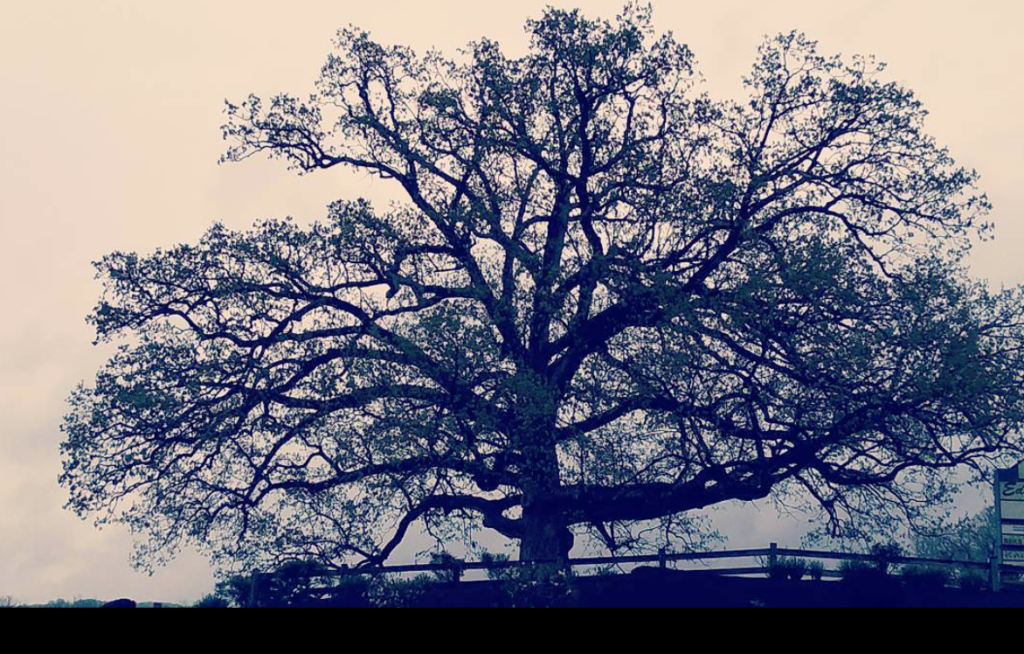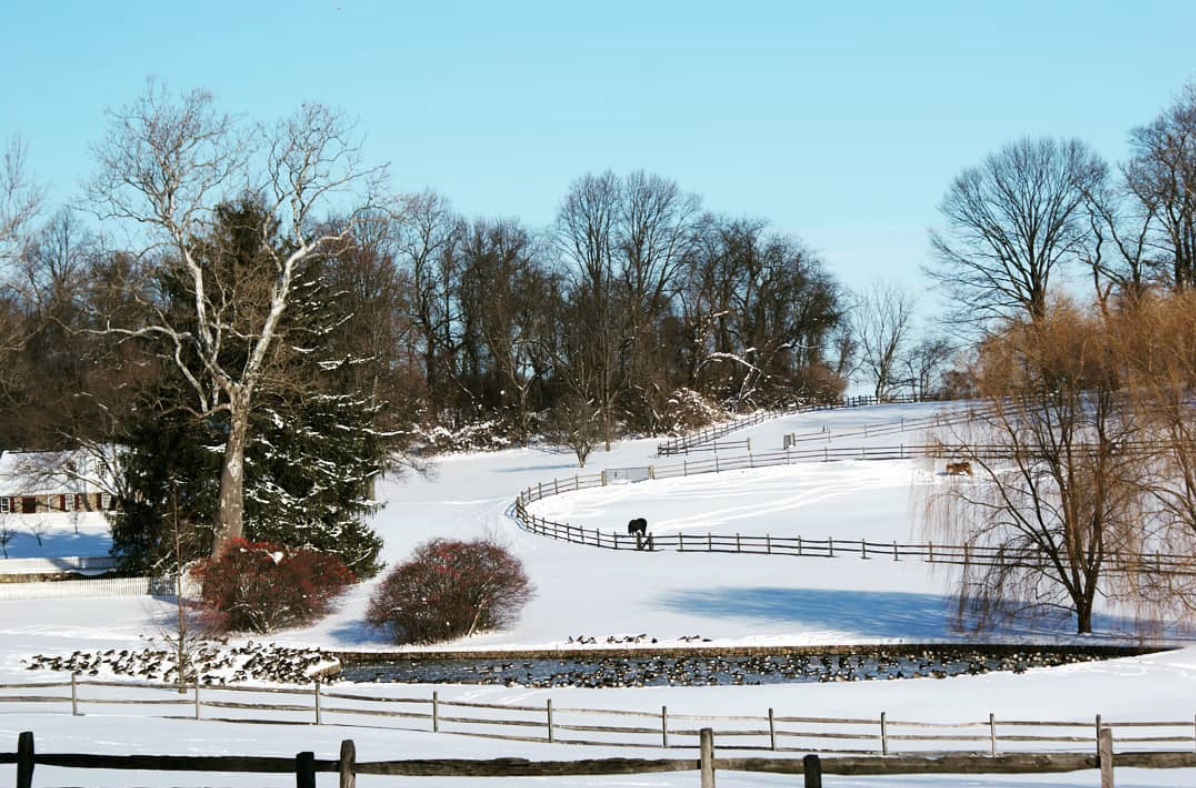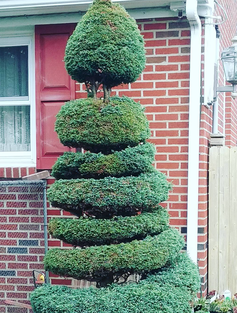During the winter months, the best time to prune is between total leaf fall and the breaking open of the first spring buds. This a the perfect time for maximum clean out and thinning. Luckily, there are less bugs around, although you will have to bundle up. Another thing to be aware of this time of year is excessive sap. However, this “bleeding” from trees like maple, walnut, and birch is not harmful to them and will stop when the tree leafs out. Some tools you will need will be a pole saw and pruner, pruning shears, lopper pruners, ladder and step ladders, and garden gloves.
Ornamental Trees
The first major step is first clean out. This is done by removing broken, diseased, and crossing branches. Next, selectively thin your branches which will open the tree up to light and circulation. Do not strip the tree clean but try to keep the interior transparent. Finally you can shape the branches by opening up views to the trunks and branches and lightly thinning.
Fruit Trees
Pruning your fruit trees are different than your ornamental trees because where we use ornamental trees specifically for outdoor decor, fruit trees provide us with (of course) with fruit. It seems obvious but that is something we must keep in mind while making any cuts in the tree. The goal is to create places for new growth.
First you need to remove any diseased or broken branches, as well as any branches that are bending beyond a 90 degree angle. You want a balance of upright branches and horizontal branches in order for your tree to remain fruitful in future years. New growth will appear where you make the cut and within up to eight inches of the cut. The more buds that are cut off the more healthy the new shoots will be. As with most produce, having the proper amount of sunshine is key to healthy growth. Sun exposed areas of the branch will remain fruitful and produce the largest fruit.


